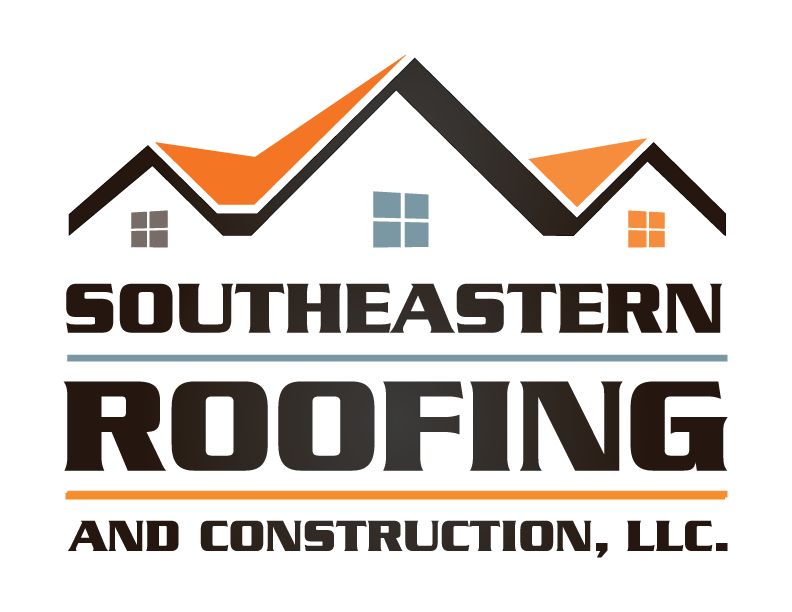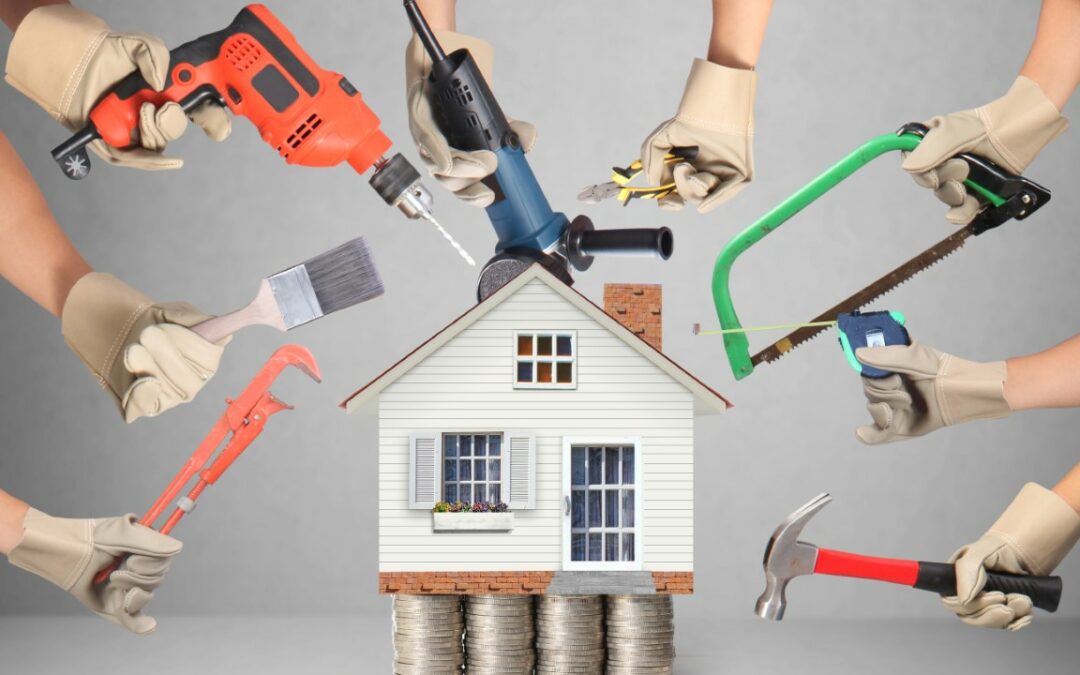Are you curious about the costs of replacing your roof? Well, we’ve got you covered!
In this article, we’ll break down the expenses of roof replacement, giving you a detailed analysis of what to expect.
From the materials needed to the labor costs, permits and inspections, and even the disposal of old roofing, we’ll leave no stone unturned.
So, let’s dive in and uncover the hidden costs of this essential home improvement project together!
Key Takeaways
- Conduct a cost comparison to get the best value for money by evaluating the cost of materials and labor fees.
- Investing in higher quality materials upfront can save money in the long run due to their durability.
- Obtain multiple quotes from roofing contractors to ensure a fair price, considering their expertise, experience, and reputation.
- Factor in the costs and time required for permits, inspections, and proper disposal of the old roofing materials.
Materials
When considering the expenses of roof replacement, one of the key factors to take into account is the cost of materials used. Conducting a cost comparison is essential to ensure that you’re getting the best value for your money. Different materials have varying price points, and it’s important to evaluate their durability as well.
Asphalt shingles, for example, are a popular and cost-effective option. They offer good durability and are relatively inexpensive compared to other materials. On the other hand, metal roofs may have a higher upfront cost, but they’re known for their exceptional durability and longevity.
Considering the long-term benefits, investing in higher quality materials upfront can save you money in the long run by reducing the need for frequent repairs or replacement. Therefore, it’s crucial to conduct a thorough durability analysis and cost comparison to make an informed decision when selecting roofing materials.
Labor
To properly assess the expenses of roof replacement, we must now consider the labor involved in the process.
Labor fees typically make up a significant portion of the overall cost breakdown. When hiring professionals for roof replacement, it’s important to consider their expertise, experience, and reputation, as these factors can influence the cost. Roofing contractors usually charge per square foot or based on the complexity of the job. On average, labor fees can range from $2,000 to $8,000, depending on the size of the roof and the type of materials being used.
It’s crucial to obtain multiple quotes from different contractors to ensure you’re getting a fair price. Additionally, it’s advisable to clarify whether the labor fees include the removal and disposal of the old roof, as this can impact the overall cost.
Permits and Inspections
Now let’s delve into the expenses associated with permits and inspections for roof replacement.
When it comes to replacing your roof, obtaining the necessary permits and undergoing inspections is a crucial step in ensuring compliance with local building codes and regulations.
The cost breakdown for permits and inspections can vary depending on the location and the complexity of the project. Typically, the cost of permits can range from $100 to $500, while inspections may cost around $200 to $500. It’s important to note that these costs aren’t fixed and can vary significantly.
Additionally, the time frame for obtaining permits and scheduling inspections can also impact the overall timeline of your roof replacement project. It’s essential to factor in these expenses and allocate sufficient time for the necessary processes to ensure a smooth and successful roof replacement.
Disposal of Old Roofing
Let’s now examine how the disposal of old roofing affects the overall expenses of a roof replacement project. Properly disposing of old roofing materials isn’t only important for the environment but can also impact the cost of the project.
There are various recycling options available for old roofing materials, such as asphalt shingles, metal, and concrete, which can help reduce waste and lower disposal costs. Recycling facilities can process these materials and turn them into new products, reducing the need for raw materials. This not only contributes to a more sustainable approach but can also save you money in disposal fees.
Considering the environmental impact and exploring recycling options should be an essential part of any roof replacement project.
Transitioning into the subsequent section about ‘additional costs’, let’s now discuss other expenses that homeowners should be aware of.
Additional Costs
Moving forward, we’ll now delve into the various additional costs that homeowners should be aware of when undertaking a roof replacement project. While it’s important to budget for the main expenses like materials and labor, there are often hidden fees and unforeseen expenses that can catch homeowners off guard.
One such hidden fee is the cost of obtaining permits and licenses from local authorities. These fees can vary depending on the location and the size of the project.
Another potential expense to consider is the cost of repairing any damage to the roof’s structure that may be uncovered during the replacement process. This can include replacing damaged plywood or fixing any underlying issues.
Homeowners need to anticipate these additional costs and factor them into their budget to avoid any financial surprises along the way.
Conclusion
In conclusion, the expenses of roof replacement can vary depending on factors such as materials, labor, permits and inspections, and disposal of old roofing. It’s important to consider these additional costs when budgeting for a roof replacement project.
For example, in a case study, a homeowner in a suburban area needed a complete roof replacement due to severe storm damage. The total expenses for materials, labor, permits, inspections, and disposal of old roofing amounted to $10,000.

